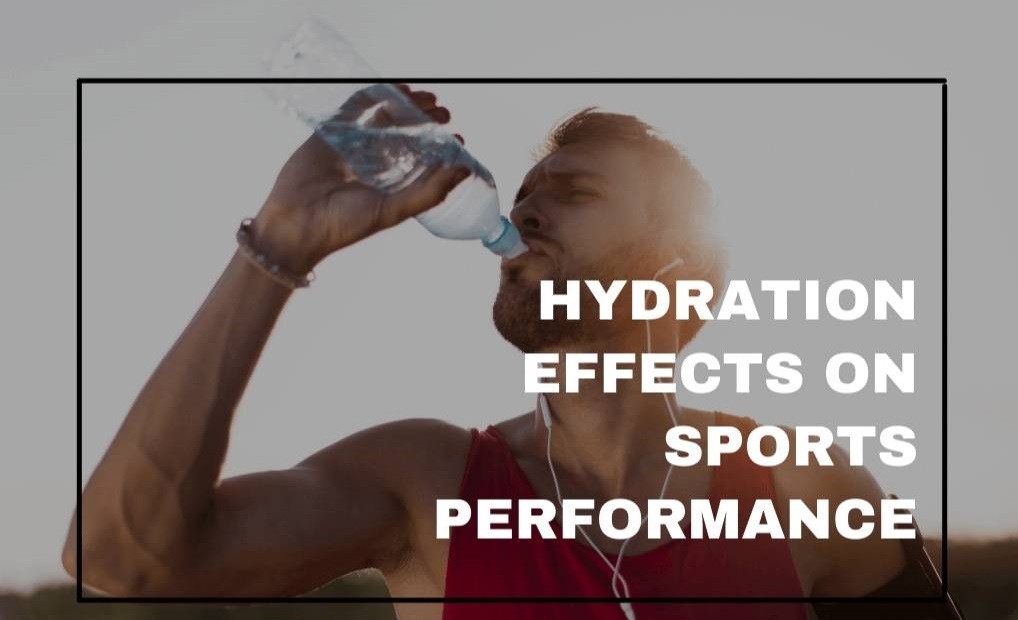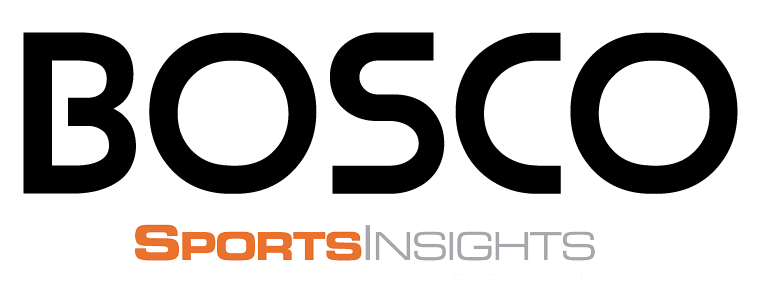Whether you’re training for a marathon in Manila’s humid climate or competing in a basketball tournament in Cebu, proper hydration is the foundation of athletic success. This athlete hydration guide is designed to help Filipino athletes and fitness enthusiasts understand how water intake directly impacts their performance, recovery, and overall health.
Why Proper Hydration Is Critical for Athletes
Hydration is far more than just quenching thirst—it’s a performance enhancer that many athletes underestimate. Even mild dehydration of just 2% of your body weight can significantly reduce your physical capabilities and mental focus. For Filipino athletes training in tropical conditions, the stakes are even higher.
Water serves crucial functions in an athlete’s body:
- Regulates body temperature through sweat
- Lubricates joints to prevent injury
- Transports nutrients to working muscles
- Removes waste products and toxins
- Maintains blood volume and cardiovascular function
The Gatorade Sports Science Institute has conducted extensive research showing that performance decreases progressively as dehydration increases. Their studies reveal that strength, power, endurance, and cognitive abilities all suffer when fluid levels drop below optimal levels.
How Much Should Athletes Drink?

Creating an effective athlete hydration guide requires understanding that needs vary based on multiple factors. One-size-fits-all recommendations are insufficient for serious performance optimization.
Before Exercise
Begin exercise well-hydrated by consuming 5-7 mL per kg of body weight approximately 4 hours before activity. For a 70 kg athlete, that’s roughly 350-490 mL (about 1.5-2 cups). In the Philippines, where humidity levels frequently exceed 80%, pre-hydration becomes even more critical.
Follow this with an additional 3-5 mL per kg about 2 hours before exercise if you’re not producing urine or if it’s dark in color. A practical way to assess your hydration status is to check your urine—it should be pale yellow, similar to lemonade.
During Exercise
Your hydration needs during activity depend on:
- Exercise intensity
- Duration
- Environmental conditions
- Your individual sweat rate
Most athletes should aim to drink 400-800 mL per hour of exercise, but this may increase to 800-1,200 mL when exercising in hot conditions like those commonly experienced in the Philippines. Developing a personalized drinking schedule based on your specific sweat rate will optimize performance.
Post-Exercise Recovery
After exercise, aim to replace 150% of fluid lost through sweat to account for continued losses and ensure complete rehydration. This typically means consuming 1.5 liters of fluid for every kilogram of weight lost during exercise.
Electrolytes: The Other Half of the Hydration Equation
Water alone isn’t enough for proper hydration, especially for athletes training intensely or for extended periods. Electrolytes—primarily sodium, potassium, calcium, and magnesium—are essential minerals that conduct electrical impulses throughout your body.
When you sweat, you lose both water and electrolytes, with sodium being the most significant. According to Sports Dietitians AU, failing to replace these electrolytes can lead to:
- Muscle cramps
- Decreased performance
- Hyponatremia (dangerously low sodium levels)
- Impaired thermoregulation
For most activities lasting less than 60 minutes, water is sufficient. However, for longer or more intense sessions, especially in Philippine climate conditions, electrolyte replacement becomes essential. Sports drinks, electrolyte tablets, or homemade solutions can all be effective, depending on your specific needs and preferences.
Signs of Dehydration Athletes Should Watch For
Being aware of dehydration symptoms is a crucial part of any comprehensive athlete hydration guide. Early recognition can prevent performance decline and potentially serious health complications.
Common dehydration indicators include:
- Thirst (note: by the time you feel thirsty, you’re already dehydrated)
- Dark urine or reduced urine output
- Fatigue or sudden drop in performance
- Headache
- Dry mouth and lips
- Dizziness or lightheadedness
- Increased heart rate at a given workload
More severe dehydration may cause:
- Confusion or irritability
- Cessation of sweating
- Chills despite hot conditions
- Nausea or vomiting
- Muscle cramping
Filipino athletes should be particularly vigilant about these signs when training outdoors during the hottest months of the year.
Developing Your Personal Hydration Strategy
The most effective athlete hydration guide is one that’s personalized to your unique needs. Here’s how to develop your own strategy:
Calculate Your Sweat Rate
- Weigh yourself before exercise (without clothes or in minimal dry clothing)
- Exercise for one hour at your typical intensity
- Towel dry and weigh yourself again in the same conditions
- Calculate the difference in weight
- Convert weight loss to milliliters (1 kg = 1,000 mL)
- Add any fluid consumed during the hour
- The total represents your hourly sweat rate
Repeat this process in different environmental conditions to understand how your needs change.
Create a Drinking Schedule
Once you know your sweat rate, you can develop a drinking schedule that aims to replace 80-90% of losses during activity. For example, if you lose 800 mL per hour, plan to drink approximately 200 mL every 15 minutes.
Test and Refine
Test your strategy during training, not competition. Pay attention to how you feel and perform, and make adjustments as needed. Your hydration needs may change as you become more fit or acclimatized to certain conditions.

Hydration Myths Debunked
An evidence-based athlete hydration guide must address common misconceptions:
Myth 1: Sports drinks are always better than water.
Truth: For activities lasting less than 60 minutes, water is typically sufficient. Sports drinks become beneficial for longer sessions when electrolyte replacement is necessary.
Myth 2: Drinking as much as possible is best.
Truth: Overhydration can lead to hyponatremia, a potentially dangerous condition where blood sodium levels become diluted. Balance is key.
Myth 3: Coffee and tea always dehydrate you.
Truth: While caffeine has mild diuretic effects, moderate consumption of caffeinated beverages contributes to daily fluid intake rather than causing net fluid loss.
Myth 4: Clear urine means optimal hydration.
Truth: Very clear urine may indicate overhydration. Pale yellow is the target for most athletes.
FAQ: Common Hydration Questions
How does alcohol affect athletic hydration?
Alcohol is a diuretic that increases urine production and can lead to dehydration. It’s best to avoid alcohol for at least 24 hours before important training sessions or competitions, especially in hot climates like the Philippines.
Should I weigh myself to track hydration?
Yes, weighing yourself before and after exercise provides valuable information about your fluid losses. Aim to restore your pre-exercise weight through appropriate post-workout hydration.
Do coconut water and other natural drinks provide adequate hydration?
Natural options like coconut water (abundant in the Philippines) contain electrolytes and can be effective for rehydration. However, they may not contain optimal electrolyte ratios for all athletic situations. Consider your specific needs and the activity duration when choosing.
Recommended Resources
For Filipino athletes seeking more information about optimizing hydration and performance, these resources provide valuable insights:
- The Philippine Sports Commission’s nutrition guidelines for national athletes
- Local sports medicine clinics offering sweat testing and personalized hydration plans
- Sports nutrition workshops frequently held at major fitness centers in Metro Manila
- Mobile apps that help track fluid intake and remind you when to drink

Hydration: Your Performance Edge
Proper hydration is one of the simplest yet most impactful ways to enhance athletic performance. By following this athlete hydration guide, you can ensure that your body has the fluids and electrolytes it needs to function at its best.
Remember that hydration isn’t just about what you drink during exercise—it’s a continuous process that requires attention before, during, and after activity. By developing and following a personalized hydration strategy, Filipino athletes can gain a significant competitive advantage, particularly when training and competing in challenging tropical conditions.
What hydration strategies have worked best for your training? Consider tracking your fluid intake for the next week to see if you’re meeting your body’s needs, and make adjustments based on the guidelines in this article. Your performance may depend on it.
